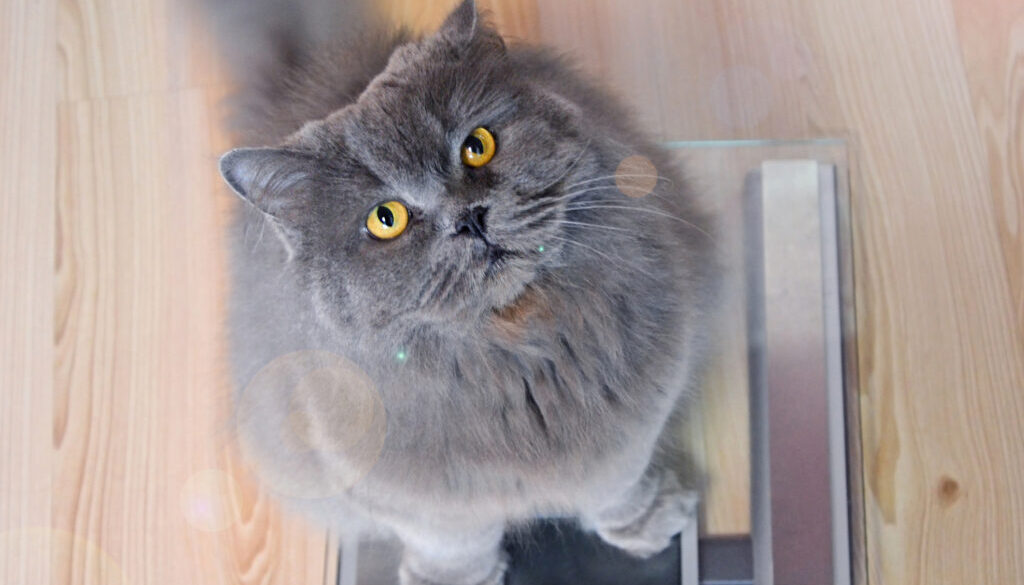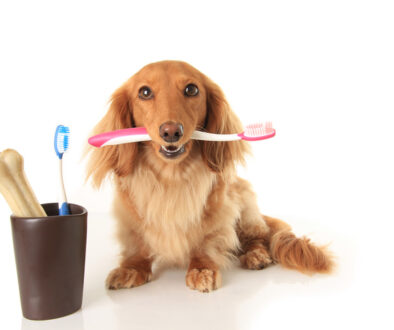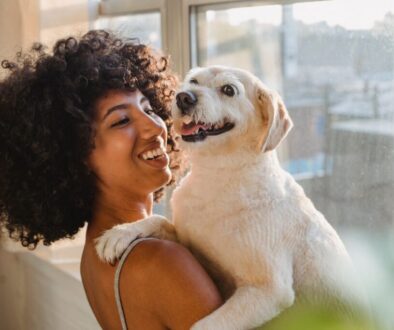Is My Pet Overweight – and What do I do?
In this pandemic world where adults and children work (or school) from home, pets might get more food than in a more normative situation. Yes, pets can get overweight, and yes, like humans, obesity causes health problems for them. How do you know if your dog or cat has an ideal body type or needs to trim down a little?
Pets have genetics as well. Some breeds tend more toward slimness or toward a heftier body shape. Simply put, feel around the spine and ribs – you should feel both, with just a thin layer of fat between the skin and bones. Your pet should have a noticeable waist behind their ribcage with a minimal fat pad on the stomach. If you can’t feel their ribs at all, you have an overweight pet.
To check their weight at home, use your scale. For smaller pets, as with babies, weigh yourself alone first. Then pick them up, and subtract the difference, making sure to use the same scale consistently for best results.
However, feeding them too much people food or treats will put on the weight, despite genetics. Portion control, and using primarily pet food, will keep their meals in check. For questions, talk to your vet about how much your pet should eat and how many meals each day.
For those pets who need to slim down, track their meal, snack, and treat intake very carefully each day. This includes what they get from petsitters, neighbors, and other family members. To minimize treats, use healthier alternatives. Decide how many your pet will receive in a day, and communicate to anyone else who needs to know. Then stick to it!
Ask your vet about reducing meals by a certain percentage, and also about how many calories your pet needs each day to arrive at their ideal body weight. But be prepared for begging! And hold firm to your resolve. Alternately, look to diet pet food which will contain higher fiber, making them feel fuller without additional calories.
And exercise your pet, especially dogs, more to increase their activity level. As with pet owners, the combination of diet and exercise typically works for pets. Take it slowly, at 1-2% weight loss per week.
If, after all these things, your pet still isn’t coming down to their ideal body weight, consult your vet to have tests run. A low thyroid level or hormonal imbalances could factor into the equation.




